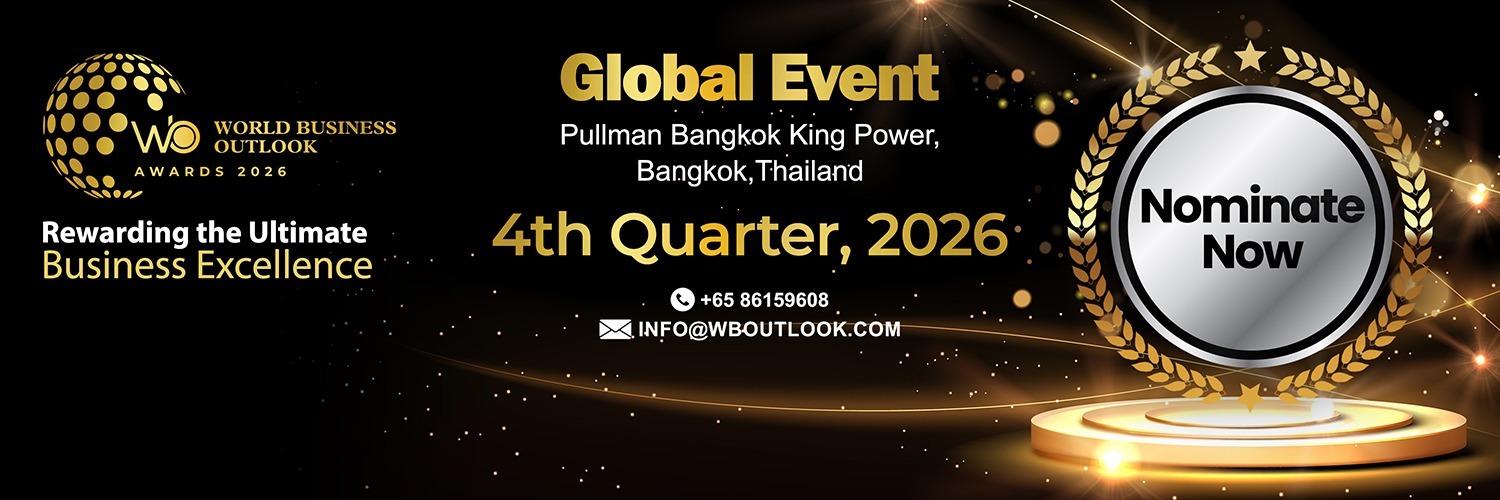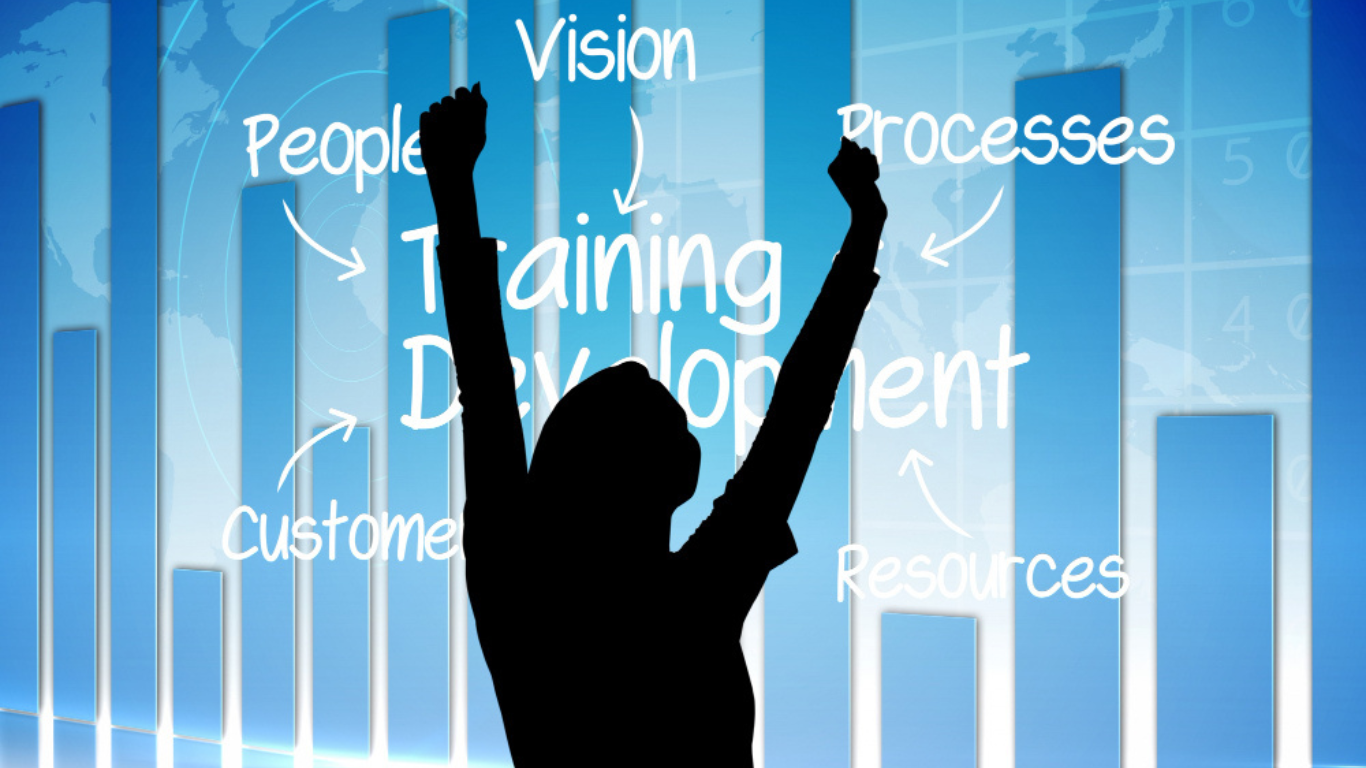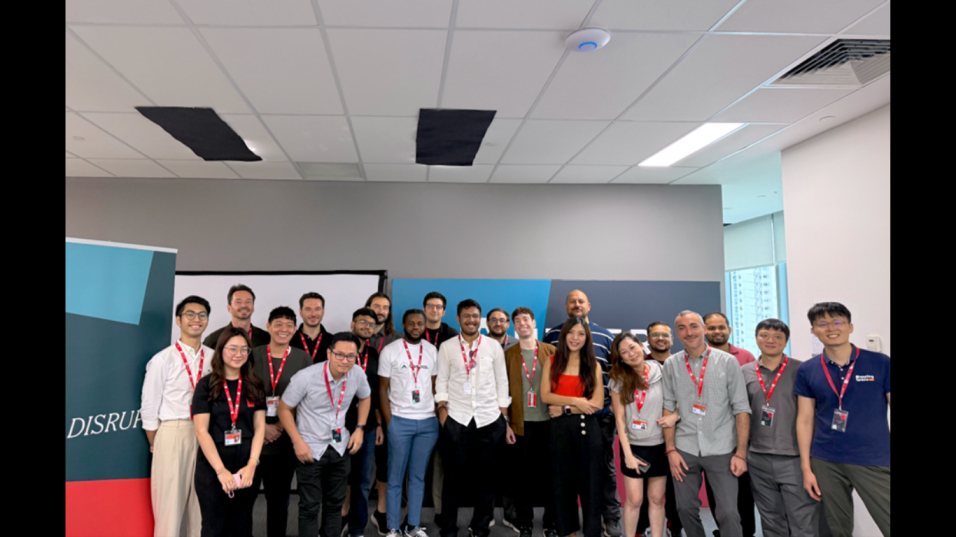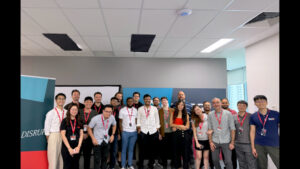In today’s rapidly evolving business landscape, companies are constantly seeking innovative strategies to maintain a competitive edge. With advancements in technology, shifts in consumer behavior, and an increasing emphasis on employee well-being, modern businesses are employing a variety of tactics to thrive. This article explores key strategies that businesses are utilizing, highlights a significant statistic, and discusses the importance of staff well-being initiatives.
Embracing Technology and Innovation
One of the most significant ways businesses are staying ahead is through the adoption of cutting-edge technology. Companies are leveraging artificial intelligence (AI), machine learning, and data analytics to enhance operational efficiency and improve customer experiences. For instance, according to a report by McKinsey, businesses that have implemented AI in their operations have seen productivity increases of up to 40%. This statistic underscores the transformative power of technology in driving business success.
Data-Driven Decision Making
Data analytics has become a cornerstone of modern business strategy. By harnessing big data, companies can gain insights into consumer behavior, market trends, and operational performance. This allows them to make informed decisions that align with customer needs and preferences. For example, businesses can analyze customer feedback to refine their products and services, ensuring they remain relevant and competitive.
Fostering a Culture of Innovation
To stay ahead, businesses are also cultivating a culture of innovation. This involves encouraging employees to think creatively and propose new ideas. Companies like Google and Amazon have famously implemented programs that allow employees to dedicate a portion of their time to pursue personal projects. This not only fosters innovation but also increases employee engagement and satisfaction.
Collaboration and Agility
Modern businesses are also focusing on collaboration and agility. By breaking down silos and promoting teamwork across departments, organizations can respond more quickly to changes in the market. Agile methodologies, which emphasize flexibility and iterative development, enable businesses to adapt their strategies in real-time, ensuring they can pivot when necessary.
Prioritizing Staff Well-Being
In addition to technological and operational strategies, modern businesses recognize the critical importance of staff well-being. A healthy and happy workforce is essential for maintaining productivity and reducing turnover. Companies are increasingly investing in programs and initiatives that prioritize employee welfare, including mental health support and addiction rehabilitation services.
Mental Health Initiatives
Mental health has emerged as a significant concern in the workplace. According to the World Health Organization (WHO), depression and anxiety cost the global economy approximately $1 trillion each year in lost productivity. In response, many organizations are implementing mental health initiatives, such as counseling services, stress management workshops, and flexible working arrangements. These programs not only support employees but also contribute to a positive workplace culture.
Rehab Programs
One critical area of focus within employee well-being initiatives is addiction rehabilitation. Substance abuse can severely impact an employee’s performance and overall health. Recognizing this, many companies are offering comprehensive rehabilitation programs as part of their employee assistance programs (EAPs). These services provide confidential support, counseling, and access to treatment facilities for employees struggling with addiction.
For instance, companies like Starbucks have implemented robust EAPs that include addiction recovery resources. By providing these services, businesses demonstrate their commitment to employee welfare and create a supportive environment where employees feel valued and cared for.
Flexible Work Arrangements
Modern businesses are also adopting flexible work arrangements to enhance employee satisfaction and productivity. The COVID-19 pandemic accelerated the shift towards remote work, and many companies have embraced hybrid models that allow employees to balance work and personal life. This flexibility not only improves job satisfaction but also attracts top talent who prioritize work-life balance.
Training and Development Opportunities
Investing in employee training and development is another strategy that businesses are utilizing to stay competitive. By offering continuous learning opportunities, companies can upskill their workforce and foster a culture of growth. This not only enhances employee performance but also increases retention rates, as employees are more likely to stay with organizations that invest in their professional development.
Conclusion
In conclusion, modern businesses are employing a multifaceted approach to stay ahead of the competition. By embracing technology, fostering innovation, prioritizing employee well-being, and offering flexible work arrangements, organizations can create a dynamic and productive workplace. The emphasis on staff welfare, particularly through initiatives like addiction rehabilitation programs, highlights the growing recognition that a healthy workforce is essential for long-term success. As businesses continue to navigate an ever-changing landscape, those that prioritize both innovation and employee well-being will be best positioned to thrive in the future.
Article received via mail































